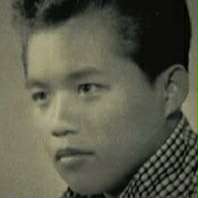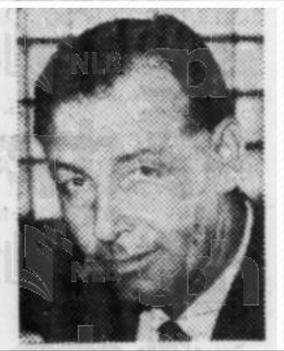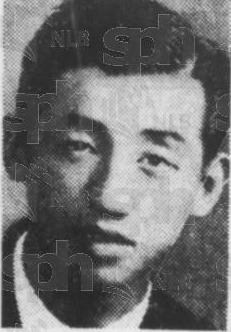
d: 1965
Tan Kheng Ann
Summary
Name:
Nickname:
Robert Black / Ang Chuar (Red Snake)Years Active:
1963Status:
ExecutedClass:
Mass MurdererVictims:
4Method:
Bludgeoning / Stabbing / BurningDeath:
October 29, 1965Nationality:
Singapore / Malaya
d: 1965
Tan Kheng Ann
Summary: Mass Murderer
Name:
Tan Kheng AnnNickname:
Robert Black / Ang Chuar (Red Snake)Status:
ExecutedVictims:
4Method:
Bludgeoning / Stabbing / BurningNationality:
Singapore / MalayaDeath:
October 29, 1965Years Active:
1963Date Convicted:
March 12, 1964bio
Tan Kheng Ann was born in Singapore in 1941, a year marked by the Japanese invasion of Malaya. His family background was typical of working-class Singaporeans of the period, though details about his parents remain scarce. From a young age, Tan was described as intelligent and resourceful, showing a sharp ability to adapt in different social circles.
He received an English-medium education, which set him apart from many of his peers in the underworld. This education gave him not only literacy but also charisma and confidence, traits that helped him climb in the hierarchy of Singapore’s secret societies. His fluency in English later earned him a unique position within the Pulau Senang penal colony, where he could converse directly with Superintendent Daniel Dutton.
By his late teens, Tan was already involved in organized crime. He was affiliated with secret societies that dominated Singapore’s underground scene during the 1950s and early 1960s. His nickname Ang Chuar or “Red Snake” was derived from his birth year in the Chinese zodiac (Year of the Snake, 1941). Within prison circles, the name carried both a sense of menace and charisma.
In 1960, Singapore established Pulau Senang, an experimental open prison colony for reforming gang members. Tan was sent there as part of his detention without trial under Singapore’s anti-gangster laws. Unlike Changi Prison, Pulau Senang allowed detainees to move freely on the island, perform agricultural labor, and work on construction projects.
Superintendent Daniel Stanley Dutton took a particular liking to Tan, seeing him as a potential success story for rehabilitation. Tan’s English education, good manners, and apparent leadership qualities led Dutton to treat him as a trusted aide. They often spoke directly, and Dutton even relied on Tan for organizational tasks.
murder story
On 12 July 1963, the simmering tension erupted. During the daily work routine, Tan led 70 to 90 detainees in a coordinated uprising. Armed with parangs (machetes) and changkols (hoes), the rioters launched a frenzied attack against officers and fellow detainees who refused to join.
The primary target was Superintendent Daniel Dutton, the very man who had trusted Tan most. Witnesses testified that Tan personally led the group that stormed the radio room where Dutton had called for help. Rioters poured petrol onto the building, set it ablaze, and hacked Dutton when he ran out in flames. His mutilated body became a symbol of the revolt’s ferocity.

Alongside Dutton, three other officers were killed:
Chok Kok Hong – killed in the chaos of the uprising.

Several others, including Deputy Superintendent John Tailford, suffered severe injuries but survived. Within less than an hour, Pulau Senang was reduced to ashes.
When police reinforcements arrived, Tan and his followers were found singing and waving bloodstained clothing like flags of victory.
On 18 November 1963, the largest murder trial in Singapore’s history opened. 59 men were charged, with Tan listed as Accused No. 1. Prosecutor Francis Seow built the case on eyewitness testimony from guards and detainees who identified Tan as the ringleader.
Witness Chong Sek Ling, a former gang leader, testified that Tan had been part of secret meetings planning Dutton’s death. Multiple witnesses stated that Tan was directly involved in the fatal assault on Dutton.
Defense lawyers argued mistaken identity and claimed that harsh prison conditions caused the revolt. But the evidence was overwhelming. On 12 March 1964, the jury found 18 men, including Tan, guilty of murder. Justice Murray Buttrose condemned their actions as acts of “utter brutality, ruthlessness and savagery.”
Tan and the other condemned appealed to the Federal Court of Malaysia in 1965, represented by veteran lawyer David Marshall. All appeals failed, and clemency petitions were rejected by Singapore’s first president, Yusof Ishak, after independence on 9 August 1965.
On 29 October 1965, Tan was executed at Changi Prison, alongside the seventeen others convicted of murder. They were hanged in groups of three at ten-minute intervals by executioner Darshan Singh.